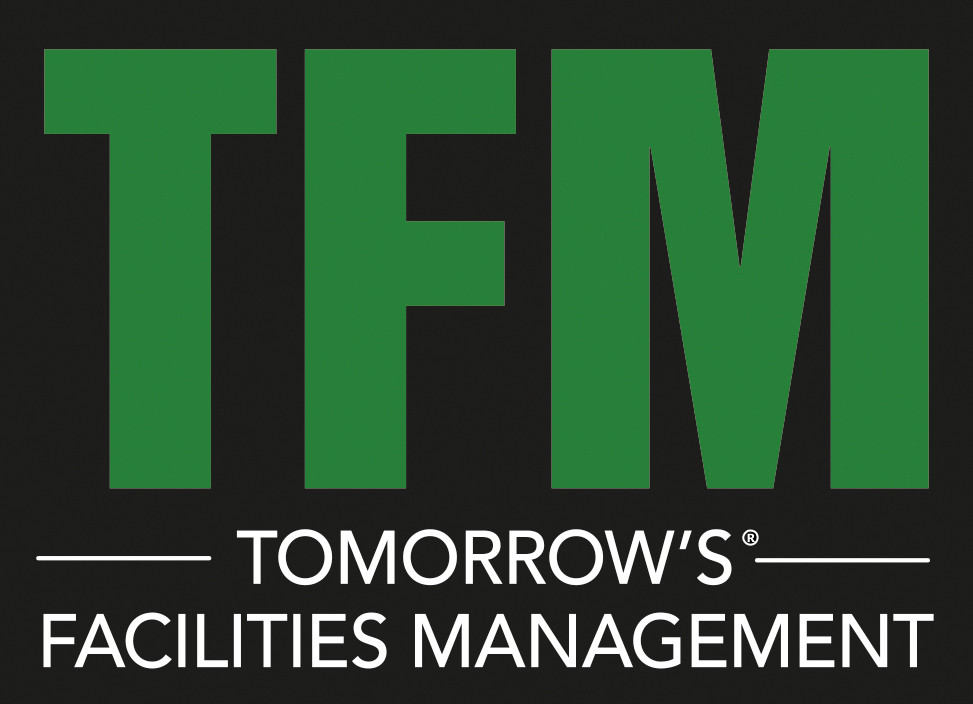Mobile Mini looks at why all construction workers must eventually return to the site and how this can be achieved safely.
The impact of the first national lockdown and subsequent social distancing regulations has hit the construction sector hard. The sector experienced the biggest drop in output since records began in January 2010. Since then, the sector’s recovery has been aided by the allowance of workers to return to the site, even during further lockdowns in England and Scotland.
However, while workers such as site managers and labourers are likely to return, some roles still involve working remotely. Engineers, surveyors, and architects can still complete some of their work at home.
But as the end of the pandemic appears to be in sight, some industry leaders worry that the remote working abilities of many in construction industries may withhold an efficient recovery for the sector.
The suitability of remote working in construction
According to one employee experience index, 49% of people working in UK construction and engineering had no experience of working from home before the pandemic. Furthermore, 91% of those who have remote working experience would usually work from home for only one day or less per week.
Add this to the fact that only 32% of home-workers have a dedicated working space at home, the evidence creates a clear determination: the construction industry is not suitable for remote working conditions.
While the construction industry evaded the compulsory closing of non-essential businesses during the second and third national lockdown in England, social distancing regulations and expectations of who can work on-site remain. The guidance prioritises those who cannot work from home. In construction and engineering, this may be limited to labourers and infrequent visits from engineers when on-site reviews must be completed.
However, while working from home has been possible during the pandemic, there is little motivation to maintain this culture. Construction must remain focussed on safety and quality, which can only be achieved through in-person assessment.
Making space a priority
Despite the vaccine rollout, experts agree that social distancing will continue for the majority of 2021. However, as construction workers continue to return to sites, these regulations must be adhered to. As a consequence, additional working space is essential.
While this space can be employed as a temporary measure, site managers may look for a storage container to create a portable and easy shelter for workers. As an office, even a 20 ft container can be versatile, allowing engineers to review plans and make appropriate amendments in the vicinity of the construction work. Office spaces are valuable for collaboration, and with a variety of roles on construction, office space is central in curating innovative decisions which can help improve the quality of work, regulate safety on site, and help reduce costs.
Working from home prevents this collaborative effort. While objectives such as CAD and steel detailing may be compatible with remote working, doing this in isolation prevents co-workers and other departments from contributing to the planning stage.
Recovering the work
There is a consensus among construction workers that normal working circumstances should return as soon as possible to help the sector recover. The Office for National Statistics (ONS) states that while construction output has achieved a seventh consecutive month of growth and has finally recovered to meet pre-pandemic levels, aspects of the sector such as new work still 3.1% below output in February 2020. This represents £282m of output in the sector. New public housing construction, which requires efficient processes, is still 22.1% below its pre-pandemic level. There is a clear need for normal work processes to resume.
Continuing into 2021, a clear majority of construction businesses do not intend to maintain remote working capabilities. According to the ONS, only 5.5% of construction businesses want a permanent increase of home working, as opposed to 83.5% who do not want remote working to increase after the pandemic. One in ten (11%) of businesses were not sure.
While the construction sector makes it clear that remote working should be avoided in the future, only one in five businesses show any real desire to increase these capabilities. Business leaders have proved that attending the workplace is best for productivity and output.
While all industries have taken a hit during the past year, confidence in construction is at risk of not returning to its full potential unless appropriate action is taken. Resuming normal working conditions is essential and doing this while adhering to social distancing and health guidelines is important. Accommodating as many workers back into construction sites and offices may be the saving factor for the sector.
“Only 5.5% of construction businesses want a permanent increase of home working, as opposed to 83.5% who do not want remote working to increase after the pandemic.”



































